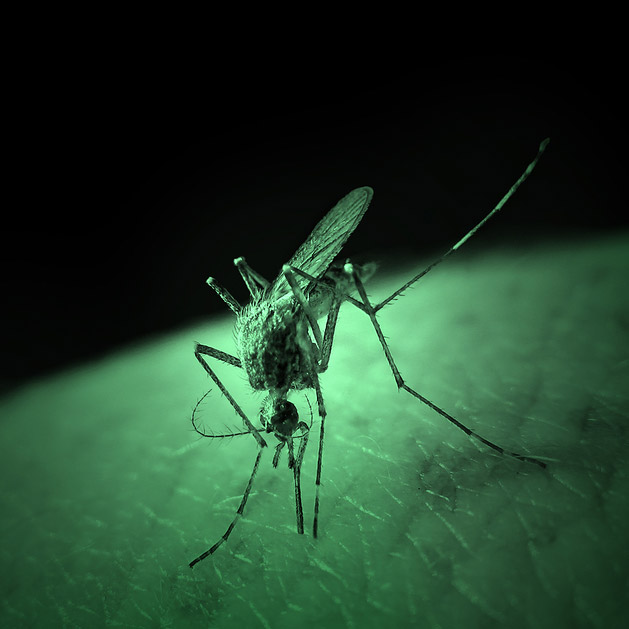Diseases Transmission
Epidemiologists study many different diseases. The most important factor in preventing the spread of disease is understanding how the disease is transmitted from one person to another within a population. Communicable (or spreadable) diseases are grouped into three categories: airborne, waterborne and vector-borne.

Source: Gregor909/Bigstock.com
Mosquitoes transmit vector-borne diseases. Vector-borne diseases are infections/diseases that are carried and transmitted into one living organism (human) by an other (insects). This is mainly done by arthropods (such as fleas, flies, lice, mosquitoes and ticks) through hematophagy- or feeding on blood. Some examples of vector-borne diseases are Dengue Fever, West Nile Virus and Zika.